What Is Altruistics Virus?
Altruistics is the name of a Trojan horse. This is a dangerous infection that may get inside your computer system and compromise its security by endangering its files and performing various malicious activities. Be advised that this software is not to be trusted and should be removed from your device immediately.
Recent information shows that this malware may run different kinds of malicious activities, such as steal information from your computer, track your every move through your desktop, as well as obtain, read and write permissions over your files.

Altruistics Summary
| Name | Altruistics |
| Type | Trojan Horse |
| Short Description | Aims to infect your computer and steal files or cause harm to your operating system. |
| Symptoms | The trojan may run fake processes in Windows Task Manager.. |
| Distribution Method | Via e-mail or fake sites. |
| Detection Tool |
See If Your Device Has Been Affected by Altruistics
Download
Malware Removal Tool
|
Why Do I See It?
Altruistics is the name of a detected Trojan horse. Other malware with similar functions to it include Vigorf or Ground.exe.
Viruses, like this one often prey on unsuspecting victims and their main goal is the information you store on your device. Whether that is your financial or personal data, the people behind this threat do not care.
How Did I Get It?
Trojans such as Altruistics could end up on your computer via the malspam technique. Malspam or malicious spam is the form of spam that is mainly encountered when cybercriminal want to conduct infection on a mass scale. You may encounter this form of spam in your private email messages. This type of spam often carries different infection objects:
- Flight or train tickets invoices.
- Documents that are important for you.
- Receipts for orders.
- Invoices for purchases you do not remember making.
Altruistics may cause an infection via pretending to be a document, which was opened and once its content is enabled, may trigger a malicious macro infection, similar to what the graphic below shows:
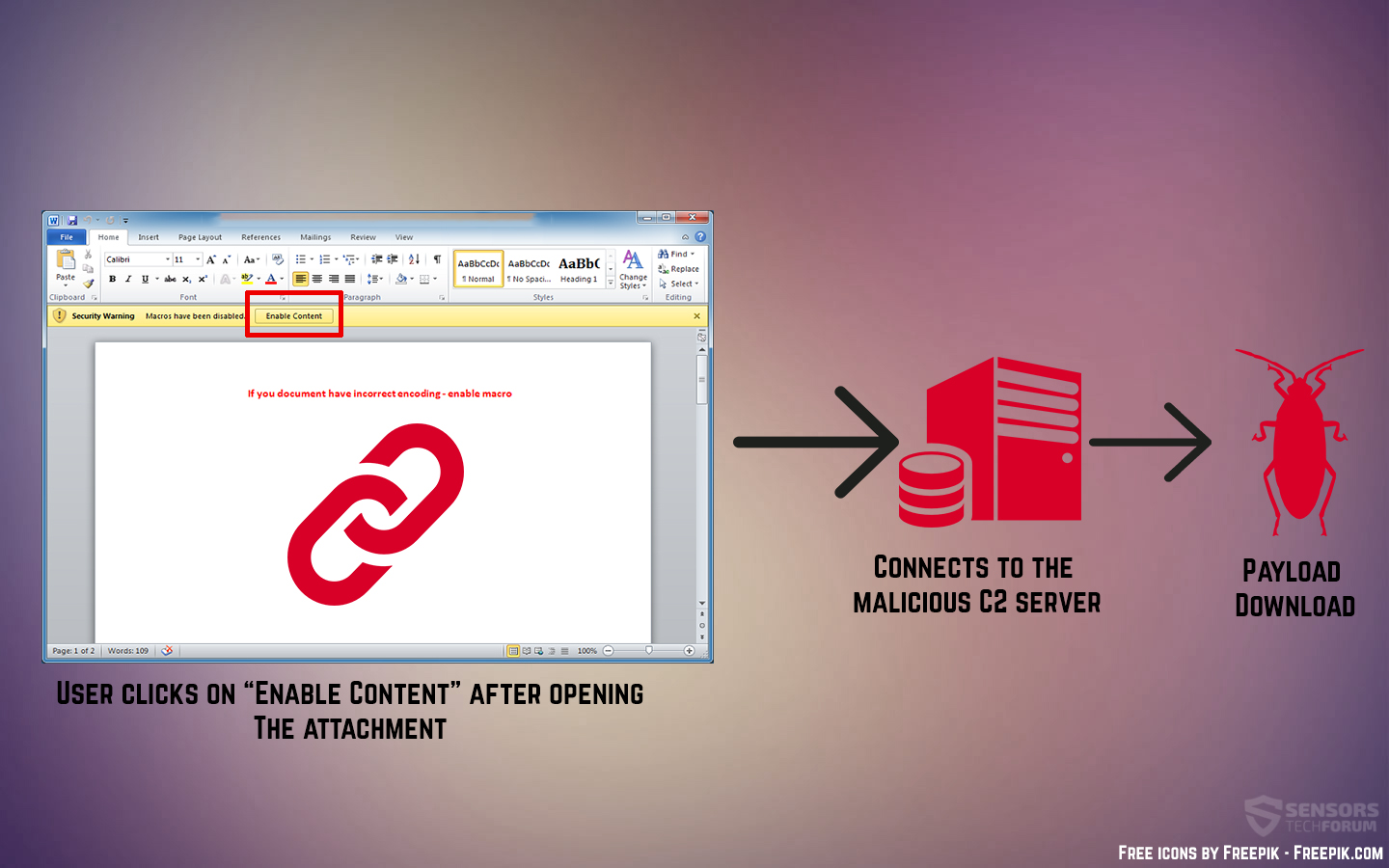
Altruistics could have also been downloaded from some type of suspicious website, where it could be advertised as a file that the victim may have been searching for, for example:
- Key generators or keygens.
- Software activation files.
- Patches for games or software.
- Cracks for software.
What Does It Do?
Once Altruistics trojan causes an infection on your computer system, it may download its payload files, which could be located in the following directories of Windows:
- %Windows%
- %System%
- %System32%
- %Local%
- %AppData%
- %Temp%
- %LocalLow%
- %Roaming%
Is It Dangerous?
Altruistics may perform a lot of hidden activities through remote code execution without your knowledge on your computer system, making it extremely risky for your device and the information in it. Besides the occasional spyware elements it has, the trojan may also perform the following malicious activities:
- Damage your OS.
- Steal your files.
- Record audio and video from your microphone and camera.
- Delete files.
- Install other malware on your comptuer.
- Update itself to stay hidden for longer periods of time.
These are the primary reasons why you should be focusing on removing this trojan immediately.
How to Protect Myself from Viruses?
To protect yourself from viruses like Altruistics Trojan, it is important to install and regularly update anti-malware software and malware protection. Additionally, you should be cautious when downloading files, avoid clicking on suspicious links, and be careful about the websites you visit online.
What Victims Share About Altruistics
Below we have gathered some comments from our YouTube channel in order to share experience aboutothers who have been victims by this threat:
@arcticwolf6144
thx a lot, u saved my pc literally
@meow2919
k
Altruistics Virus Removal Guide
Altruistics Trojan can effectively be uninstalled from your device, if you follow the removal of steps in this article. They have been specifically created with the primary goal to assist you it’s a detective and deleting all of the malicious processes of this virus yourself or automatically.
For the most effective possible removal, security experts often advise using a professional anti-malware software. Such a security tool is specifically created to thoroughly scan your machine and get rid of any malicious components from it, plus protect it in the future as well.
Preparation before removing Altruistics.
Before starting the actual removal process, we recommend that you do the following preparation steps.
- Make sure you have these instructions always open and in front of your eyes.
- Do a backup of all of your files, even if they could be damaged. You should back up your data with a cloud backup solution and insure your files against any type of loss, even from the most severe threats.
- Be patient as this could take a while.
- Scan for Malware
- Fix Registries
- Remove Virus Files
Step 1: Scan for Altruistics with SpyHunter Anti-Malware Tool
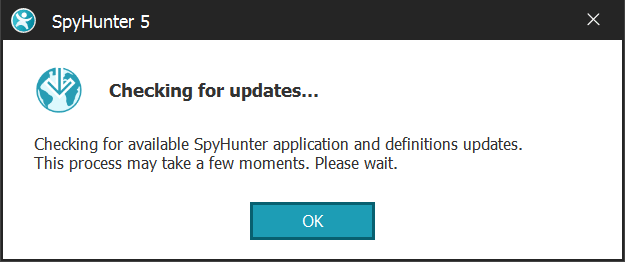

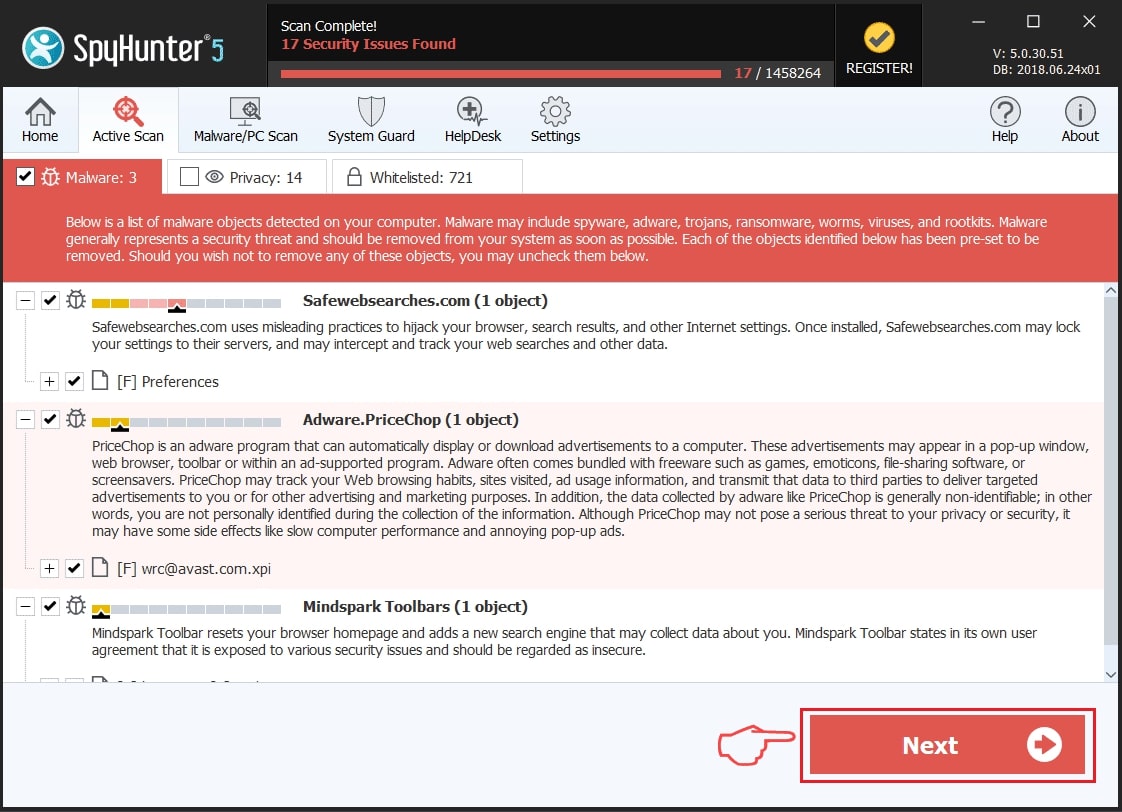
Step 2: Clean any registries, created by Altruistics on your computer.
The usually targeted registries of Windows machines are the following:
- HKEY_LOCAL_MACHINE\Software\Microsoft\Windows\CurrentVersion\Run
- HKEY_CURRENT_USER\Software\Microsoft\Windows\CurrentVersion\Run
- HKEY_LOCAL_MACHINE\Software\Microsoft\Windows\CurrentVersion\RunOnce
- HKEY_CURRENT_USER\Software\Microsoft\Windows\CurrentVersion\RunOnce
You can access them by opening the Windows registry editor and deleting any values, created by Altruistics there. This can happen by following the steps underneath:


 Tip: To find a virus-created value, you can right-click on it and click "Modify" to see which file it is set to run. If this is the virus file location, remove the value.
Tip: To find a virus-created value, you can right-click on it and click "Modify" to see which file it is set to run. If this is the virus file location, remove the value.Step 3: Find virus files created by Altruistics on your PC.
1.For Windows 8, 8.1 and 10.
For Newer Windows Operating Systems
1: On your keyboard press + R and write explorer.exe in the Run text box and then click on the Ok button.
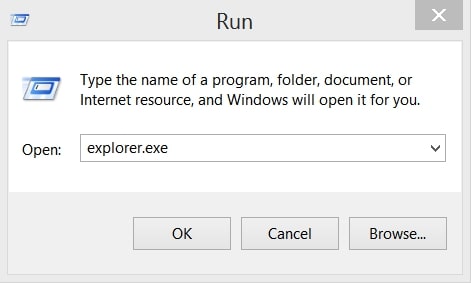
2: Click on your PC from the quick access bar. This is usually an icon with a monitor and its name is either “My Computer”, “My PC” or “This PC” or whatever you have named it.
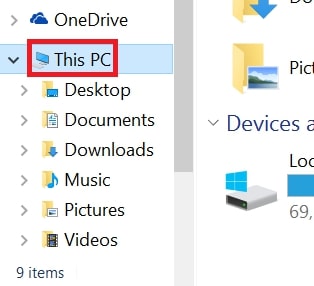
3: Navigate to the search box in the top-right of your PC's screen and type “fileextension:” and after which type the file extension. If you are looking for malicious executables, an example may be "fileextension:exe". After doing that, leave a space and type the file name you believe the malware has created. Here is how it may appear if your file has been found:
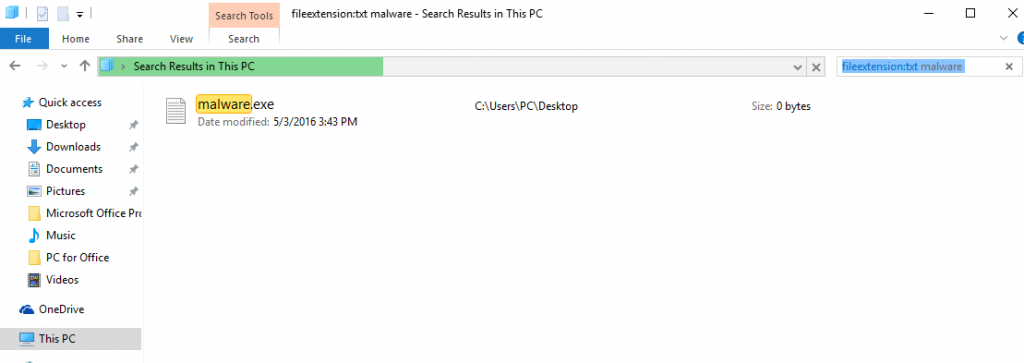
N.B. We recommend to wait for the green loading bar in the navigation box to fill up in case the PC is looking for the file and hasn't found it yet.
2.For Windows XP, Vista, and 7.
For Older Windows Operating Systems
In older Windows OS's the conventional approach should be the effective one:
1: Click on the Start Menu icon (usually on your bottom-left) and then choose the Search preference.
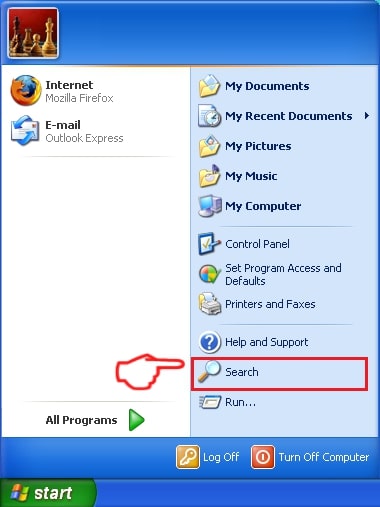
2: After the search window appears, choose More Advanced Options from the search assistant box. Another way is by clicking on All Files and Folders.
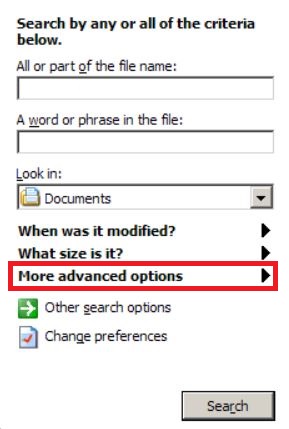
3: After that type the name of the file you are looking for and click on the Search button. This might take some time after which results will appear. If you have found the malicious file, you may copy or open its location by right-clicking on it.
Now you should be able to discover any file on Windows as long as it is on your hard drive and is not concealed via special software.
Altruistics FAQ
What Does Altruistics Trojan Do?
The Altruistics Trojan is a malicious computer program designed to disrupt, damage, or gain unauthorized access to a computer system. It can be used to steal sensitive data, gain control over a system, or launch other malicious activities.
Can Trojans Steal Passwords?
Yes, Trojans, like Altruistics, can steal passwords. These malicious programs are designed to gain access to a user's computer, spy on victims and steal sensitive information such as banking details and passwords.
Can Altruistics Trojan Hide Itself?
Yes, it can. A Trojan can use various techniques to mask itself, including rootkits, encryption, and obfuscation, to hide from security scanners and evade detection.
Can a Trojan be Removed by Factory Reset?
Yes, a Trojan can be removed by factory resetting your device. This is because it will restore the device to its original state, eliminating any malicious software that may have been installed. Bear in mind that there are more sophisticated Trojans that leave backdoors and reinfect even after a factory reset.
Can Altruistics Trojan Infect WiFi?
Yes, it is possible for a Trojan to infect WiFi networks. When a user connects to the infected network, the Trojan can spread to other connected devices and can access sensitive information on the network.
Can Trojans Be Deleted?
Yes, Trojans can be deleted. This is typically done by running a powerful anti-virus or anti-malware program that is designed to detect and remove malicious files. In some cases, manual deletion of the Trojan may also be necessary.
Can Trojans Steal Files?
Yes, Trojans can steal files if they are installed on a computer. This is done by allowing the malware author or user to gain access to the computer and then steal the files stored on it.
Which Anti-Malware Can Remove Trojans?
Anti-malware programs such as SpyHunter are capable of scanning for and removing Trojans from your computer. It is important to keep your anti-malware up to date and regularly scan your system for any malicious software.
Can Trojans Infect USB?
Yes, Trojans can infect USB devices. USB Trojans typically spread through malicious files downloaded from the internet or shared via email, allowing the hacker to gain access to a user's confidential data.
About the Altruistics Research
The content we publish on SensorsTechForum.com, this Altruistics how-to removal guide included, is the outcome of extensive research, hard work and our team’s devotion to help you remove the specific trojan problem.
How did we conduct the research on Altruistics?
Please note that our research is based on an independent investigation. We are in contact with independent security researchers, thanks to which we receive daily updates on the latest malware definitions, including the various types of trojans (backdoor, downloader, infostealer, ransom, etc.)
Furthermore, the research behind the Altruistics threat is backed with VirusTotal.
To better understand the threat posed by trojans, please refer to the following articles which provide knowledgeable details.


